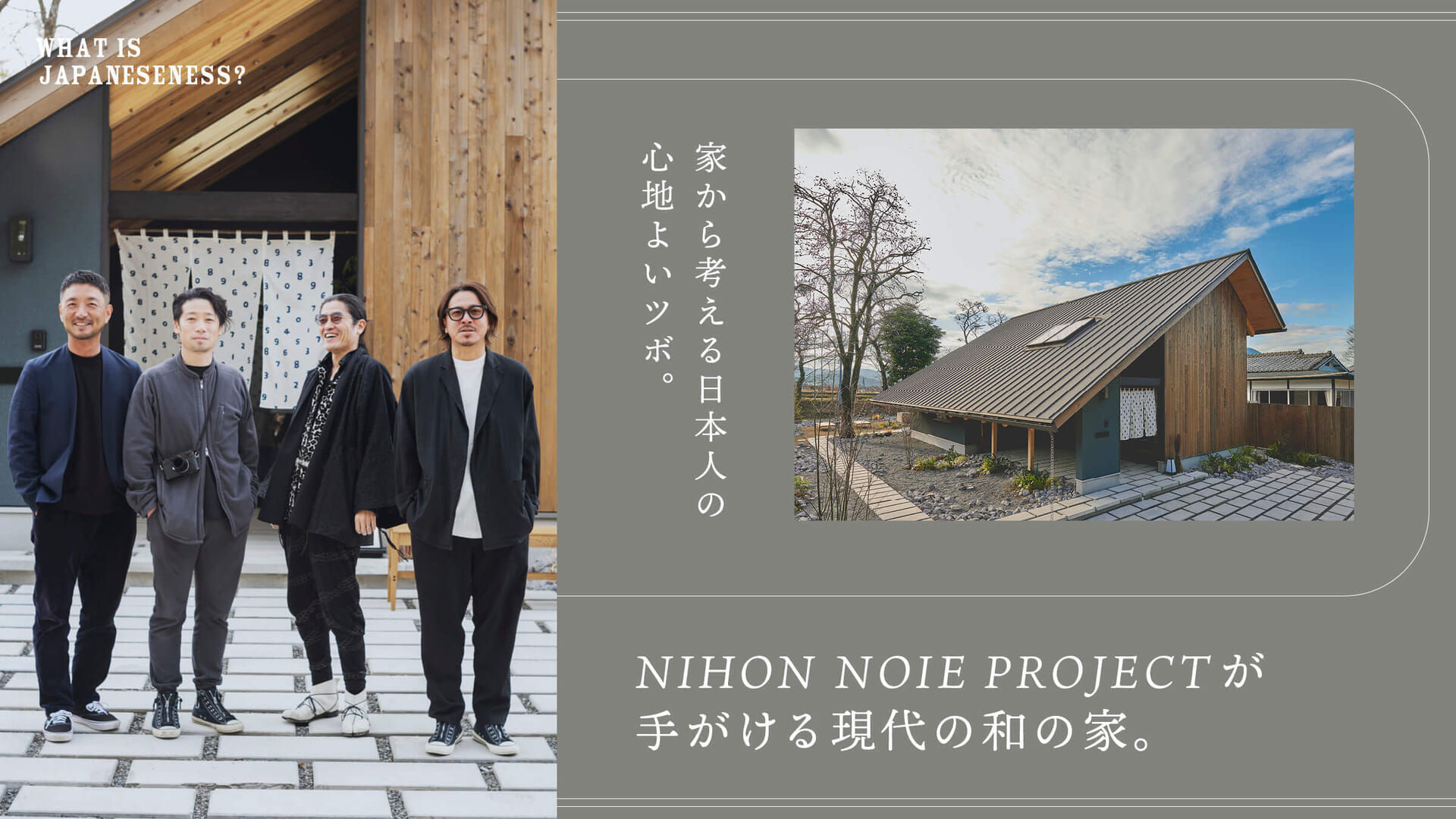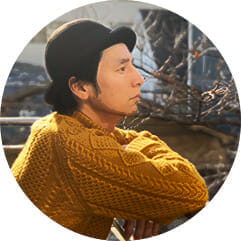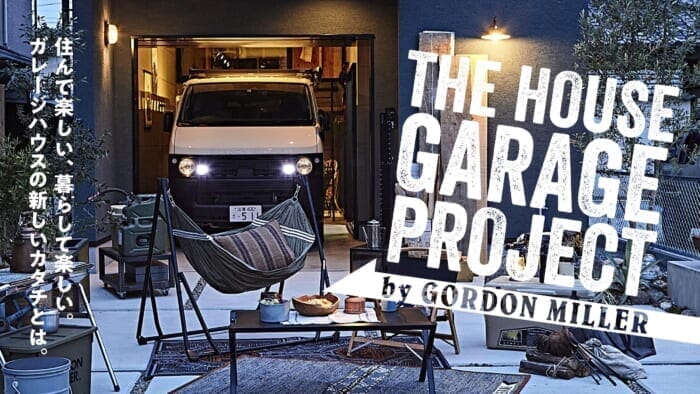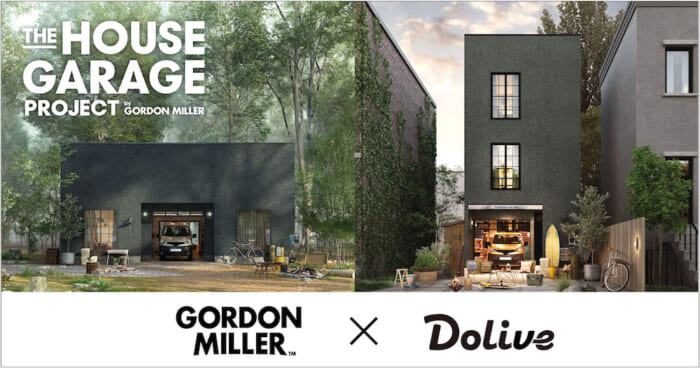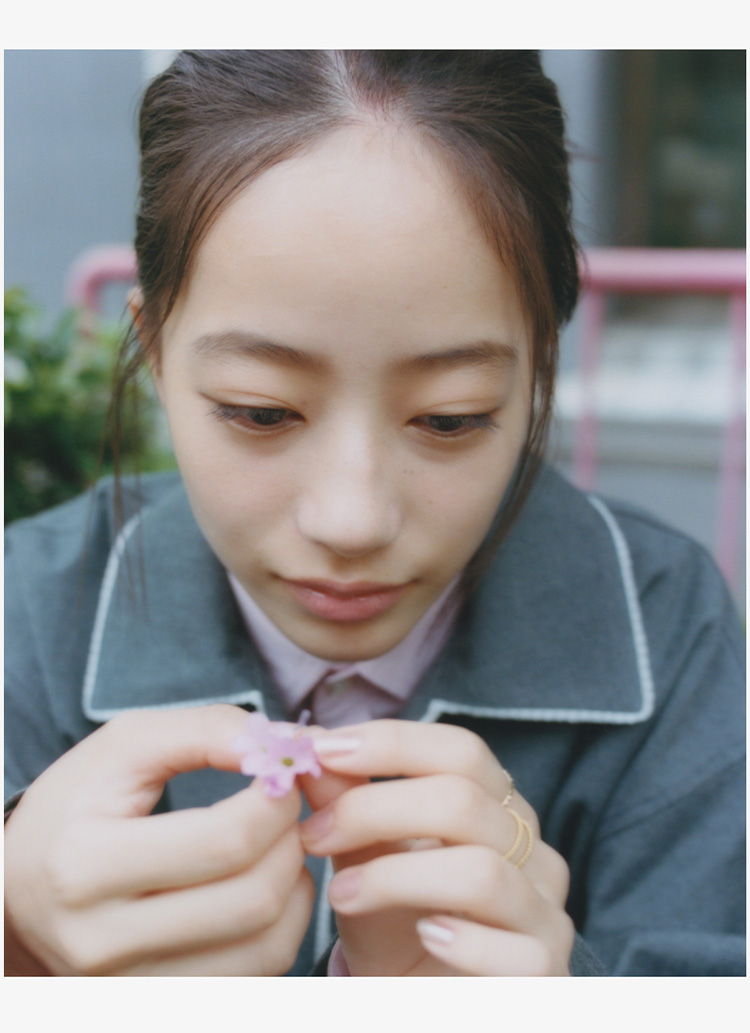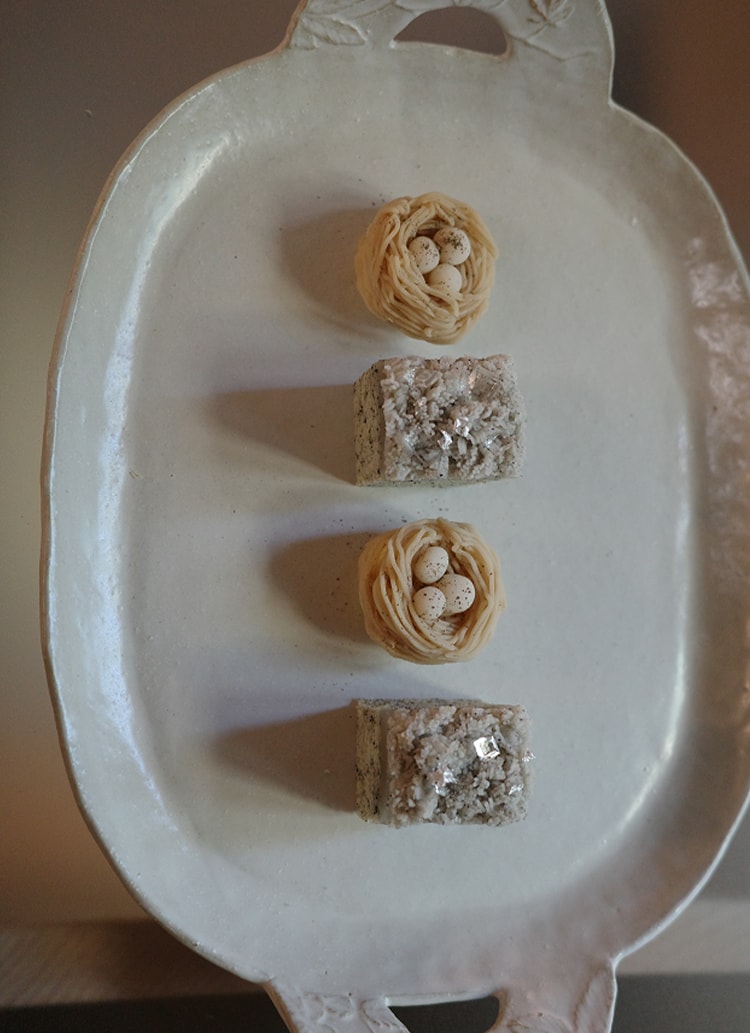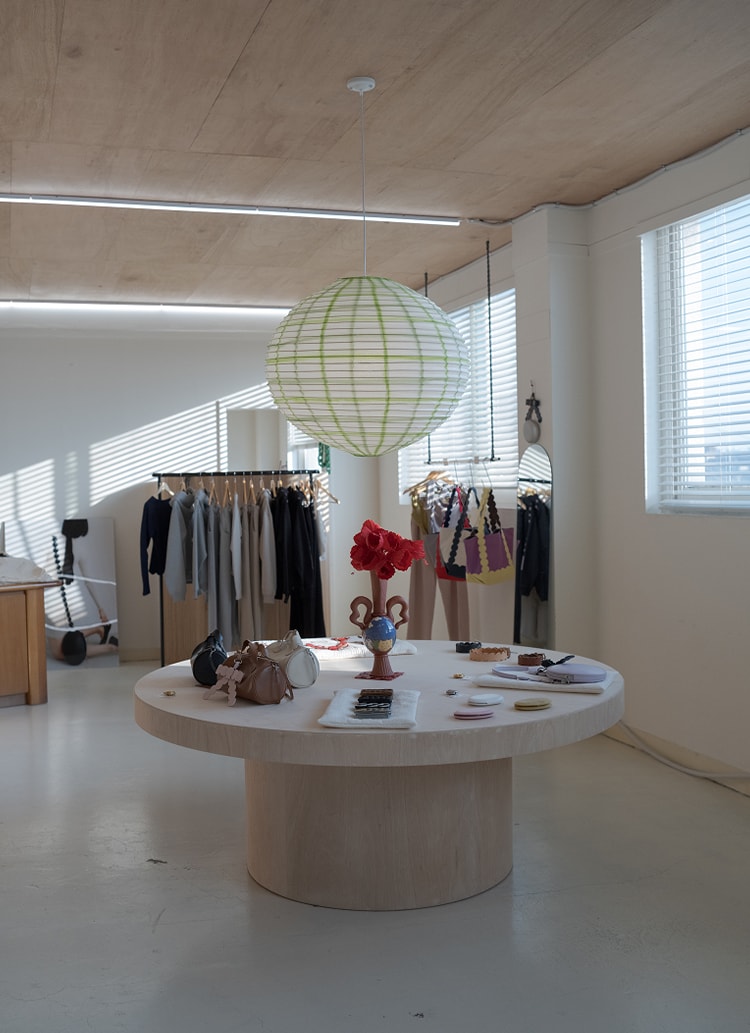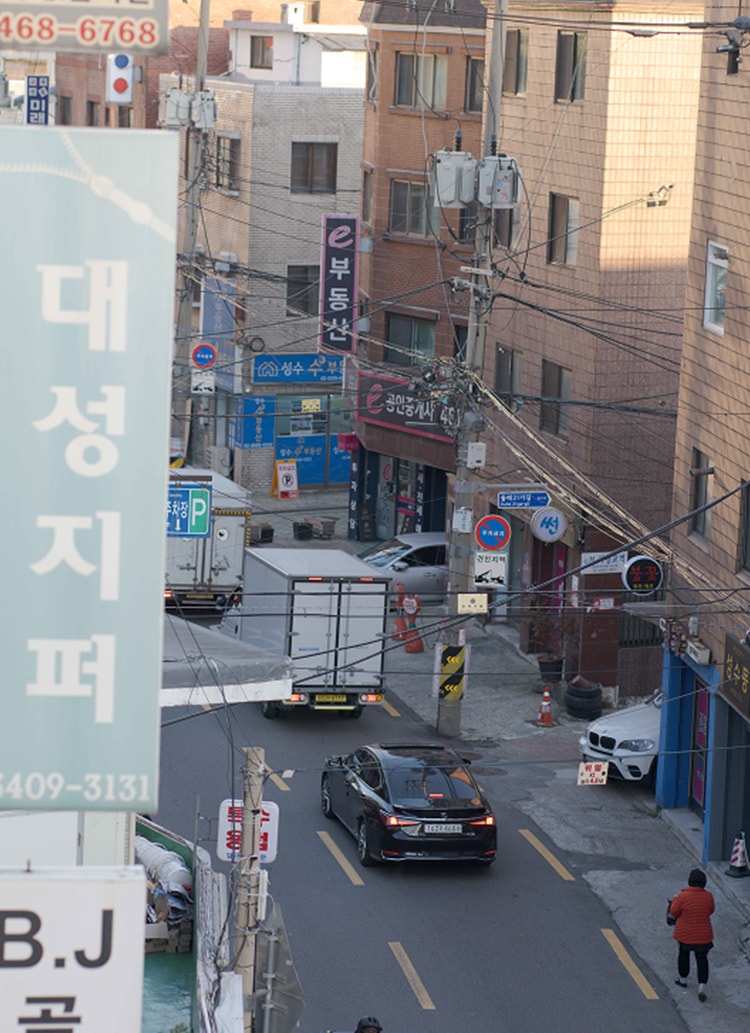It is not enough if the house is bright.
The word "Japanese-style house" may be used to describe a single word, but the image will differ depending on the age of the owner and the individual. The question is, "What exactly is harmony?" We must go deep into the depths of the house to reach the essence of harmony. Mr. Tanijiri explains the essence of harmony in terms of the comfort of living in a house.

I have mainly worked with contemporary architecture, so to be honest, I was never that interested in traditional "wa" (harmony). But as I got older, I started to feel more comfortable with it. For example, rather than a bright room with large windows, I feel a sense of calmness when looking out from a dark, moist room.

As Makoto Tanijiri says, creating shadows is what Japanese people find pleasing. Even in the planning stage, Makoto (Tanijiri) said, 'The eaves should be lower, and the floor should be lower. He said, "Japanese style has emotion in such a place. I reaffirmed this point of view. Even though the sun shines outside as bright as it can, the deep eaves make the interior as bright as it can be.

People always say that even if you build a big window and let in some light, it's pointless because you end up living with the blind curtains closed (laughs). So, as for the brightness of the space, I thought this was just about as comfortable as it gets. The eaves are so deep that you can't see outside when you stand, but when you sit down, you can see out the window. The moment you sit down, your line of sight is immediately cut off. When people think of harmony, they tend to superficially replace it with easy-to-understand icons such as bamboo and tatami mats, but that is not really the case," says Tanijiri.

The Japanese element is, for example, the low light lanterns, or the view of the bright courtyard from a quiet room. In fact, I believe that there is definitely a part of the Japanese DNA that is inherent and comfortable. If we can properly preserve these elements, even if we use modern building materials and cloths or install a modern kitchen, there will always be some element of harmony," says Tanijiri.
Light and shadow. The very worldview of Junichiro Tanizaki's "In-ei Reisan" is brought back to life in the modern age.

The Japanese way of living can also be found in the use of the earthen floor that characterizes the architecture of the "NIHON NOIE PROJECT by SOU・SOU. For example, since ancient times, it has been common for Japanese people to use a Japanese-style room for multiple purposes: sometimes as a dining room for dining, sometimes as a living room where everyone can relax, and sometimes as a bedroom where futon bedding is laid out.

In the olden days, there were places such as earthen floors and under the eaves where people could visit other people's houses with their shoes on. The Japanese element is that there is an intermediate area where you enter but do not fully enter. In this building, we have taken over the Japanese element by creating a space that serves as an intermediate area," Tanijiri said.
He then suggested the usefulness of this place from a perspective that is relevant to the current era.
If you see a facade like this, with a cute little shop curtain of SOUSOU, there are probably people who think it is a store. Houses used to be a place where people worked and lived together, but before long, people began to separate the place where they worked and the place where they lived into first and second places, respectively. However, after Corona, I think we will be living in an age where houses will be mixed together as a place to work, a store, and a place to live. With this kind of residence, I think that depending on how it is used, the earthen floor could be used as a cooking classroom, a restaurant, or a pottery studio," says Tanijiri.

I think that in the future, a house will no longer be just a place for living. In the past, Japanese-style houses had an inner earthen floor, where people could do business or entertain others. So I feel that harmony fits with the current era because it is an element that can successfully encompass a variety of things in an abstract way. This is even more so now that the Corona disaster has occurred, and I feel that the value of the house will clearly change as these elements mix and coexist in this era.

I think that people will start to think of a house not only in terms of performance, specifications, and price, but also in terms of what they can do there, what hobbies they can start, and whether or not they can invite people over. I would like young people like HOUYHNHNM's readers to start thinking about their plans now, rather than thinking about building a house someday.


